Mitsubishi Line-Hide CD-100 Handleiding
Mitsubishi
Niet gecategoriseerd
Line-Hide CD-100
Bekijk gratis de handleiding van Mitsubishi Line-Hide CD-100 (4 pagina’s), behorend tot de categorie Niet gecategoriseerd. Deze gids werd als nuttig beoordeeld door 19 mensen en kreeg gemiddeld 4.8 sterren uit 10 reviews. Heb je een vraag over Mitsubishi Line-Hide CD-100 of wil je andere gebruikers van dit product iets vragen? Stel een vraag
Pagina 1/4

INSTALLATION INSTRUCTIONS
& BEAUTIFY
PROTECT
&BEAUTIFY
PROTECT
No. LIOCA 100710M
WWW.LINE-HIDE.COM
Distributed by
MITSUBISHI ELECTRIC
Perfect for and other A/C and plumbing applications and installations.

Installing Line-Hide
Your Line-Hide installation will go smoothly if you follow — in
order
— the steps outlined in these instructions: determine lay-
out; install entry fittings and joint bases; install Line
Tube base;
insert Lineset: assemble tube, and assemble joints. When
you’ve finished, caulk the lineset entry and exit points on the
wall to ensure the protection of the Lineset and of the building.
Step 1: Layout
Identify the inlet and out-
let points for the Lineset
you’ll be installing within the Line-Hide
product, and determine the simplest
and most appropriate route for the
installation to follow. In most cases you’ll want your installation
to run perfectly vertical and nearly horizontal (a slight grade will
enable condensate lines to drain) and adhere to 90 degree
turns. Sketching your installation on a contractor worksheet or
graph paper will help you to determine how much tubing and
how many elbows, joints, and other pieces you will need.
Step 2: Install Entry Fittings and Joint Bases
Most Line-Hide entry fittings and joints (including elbows)
include a base and a cover. Once you’ve determined where
your joints will be, install the bases. If you’re installing on wood,
simply position the base, and fasten it to the wall, using wood
screws. Don’t overtighten, or you’ll risk cracking the plastic.
For installations on a brick wall, mark the location for
each screw, and drill an anchor hole
using a masonry bit; then use
appropriate anchors and
screws.
Step 3:
Install Line
Tube Base
Measure the distance between the molded stops of each joint
base, and determine the length of tube needed. Line-Hide Line
T
ube is manufactured in six-and-one-half-foot (two-meter)
lengths so some straight runs are fabricated using two or more
lengths of tube and a socket/coupling.
T
o
cut tube, measure and mark
the appropriate length;
then draw a perpendicu
-
lar guideline across the
tube. Use a hacksaw to cut
the tube along the line, and
then use a file to smooth the
cut edge.
INSTALLATION INSTRUCTIONS
WARNING! Before you begin . . .
Whenever you’re working with tools, it’s a good idea
to wear appropriate safety gear: helmet, protective goggles, and gloves. If
you’re working high above the ground, be sure that you have sound footing.
To attach the Line Tube
base to the wall, first use
the tip of a screwdriver to
make a hole in the central
rib of the base (thin spots
are moulded in to accommodate installation). Then put a screw
through the hole in the tube, and tighten it to the wall. Be care-
ful not to overtighten, for you may distort the tube. For the
smaller sizes (the 60 and 75 series), place screws approximate-
ly every twelve inches. For the larger sizes (the 100 and 140
series), use screws approximately every six inches.
Step 4: Install the Lineset
Unwind insulated refrigerant lines, and place into straight portion
of the tube. When installing insulated refrigerant pipe into a cor-
ner, adjust the pipe to the shape of the joint, and gently bend the
insulated refrigerant pipe without forcing it. Bending too quickly
can cause kinks in insulated refrigerant pipe and can pinch drain
pipe. Also try to avoid compressing the pipe insulation.
A Saddle Band (NV-S short or
NV-L long) can be used to fas-
ten the insulated refrigerant
pipe, drain pipe, and electric
cable together in the Line
Tube. The saddle snaps to the
central rib of the tube base.
Thread the band through the
saddle and around the piping and cable, and pull it tight. This pro-
cedure will help to keep the pipes and wiring in place.
As a general rule, use one saddle band for every three feet (one
meter) of tube.
Step 5: Assemble
the Line
T
ube
When the Lineset is in
position, attach the tube
cover to the base. Slip
the lip on the short
edge of the cover into the trough on the high edge of the base.
Then squeeze the short end of the base while pushing the long
edge of the cover inward so that the lip and the trough engage.
Step 6: Assemble the Joints
With the Line Tube completely assembled, return to each joint,
and complete assembly
. Position the cover of each joint over its
base; line up the holes; then secure cover to bases with the
stainless steel screws provided.
Try to adhere to a grid defined
by parallel and perpendicular
lines and 90-degree angles
LIOCA 10/07 10M ©2007 Mitsubishi Electric and Electronics USA, Inc., HVAC

Installation Instructions for
Specific Items
Wall Cover Inlet (NW):
Use where piping penetrates the wall.
Align wall cover base with hole in the
wall, and fasten to wall with appropri-
ate screws. After completing tube
assembly, push the
tube downward (in
the direction of the
arrows) after aligning
the base with the
stopper built-in to the
top portion of wall
cover. This process will temporarily fasten wall cover.
Simple Wall Cover (NY):
One-piece inlet is used where refrigerant piping penetrates the
building wall.
Locate cover over Lineset, and mark mounting holes. Mount
and secure Line Tube to wall. Carefully bend refrigerant tubing,
drain and/or wiring into Line Tube. Place a bead of caulk on the
wall cover flange. Place Simple Wall Cover over wall opening,
and secure with appropriate screws and anchors.
Elbo tica lws – 90 degree horizontal (NE) and ver
(NC), 45 degree horizontal (NM) and vertical (NU),
and univeral horizonal (NX) and vertical (NZ):
Use where piping from the out-
door unit rises vertically or turns
horizontally along the wall.
Position the elbow base on the
wall where it will be fastened, and
attach to the wall with appropriate
screws. After installing tube, align
the elbow cover to the elbow
base, and attach with the stainless
steel screws provided.
All vertical elbows — NC, NU, NZ
— are reversible for use in both
inside and outside corner applica
-
tions. Cover screws can be insert-
ed in either direction required.
T
-Joint (NT):
Use where piping branches off.
To change tube size, use the appropriate adapter set.
Contents of Accessory Adapter Sets
NT-75 75mm-60mm adapter 2 sets
NT-100 100mm-60mm adapter 2 sets
100mm-75mm adapter 2 sets
NT-140 140mm-100mm adapter 2 sets
Fit the accessory adapter base
appropriate for the proper size tube
into the
T-Joint base. Fasten base of
T-Joint to wall with the appropriate
screws. After tube base is
installed and the lineset
positioned, and the tube
cover snapped on, attach
theT-Joint cover to the
T-Joint base with the stain-
less steel screws provided.
Socket/Coupling (NS):
Use to lengthen and extend
tubes and to prevent tube
cover from sliding.
Mark the length of the tube;
then position the socket base
so that the tube will abut the
molded plastic stop of the
socket; then attach the socket
to the wall with appropriate screws. After installing tube, align
cover with holes in socket base, and fasten with the stainless
steel screws provided.
Variant Socket/Reducer (NJ):
Use to connect Line Tubes of different sizes.
Before attaching base to wall, determine that the converter cor-
responds to the varying tube sizes you’ll be joining and that it is
oriented properly on the wall. Then attach with the appropriate
screws. Locate Line Tubes, and install covers. Place socket
covers over base; align holes, and fasten with stainless steel
screws provided.
Flexible Joint (NF):
Use where piping bends over protrusion (such
as side molding) on wall.
If your installation requires the use of flexible
joint,
INST
ALL IT FIRST
. Fle
xib
le joints are
not split.
Simply slide the flexible joint over the
piping, and secure it in place.
T
o connect flexible joint to Line
T
ube, slide end of the flexible
joint into the end of tube base, and fasten it with appropriate
screws.
T
o help ensure a tight fit, compress the bellows of the
flexible joint.
After the flexible joint is released, it will expand
against the tube to make a tight, strong connection. When the
assembly is complete, snap the tube cover onto the tube base
so that the end of the flexible joint is concealed.
©2007 Mitsubishi Electric and Electronics USA, Inc., HVAC LIOCA 10/07 10M
Product specificaties
| Merk: | Mitsubishi |
| Categorie: | Niet gecategoriseerd |
| Model: | Line-Hide CD-100 |
Heb je hulp nodig?
Als je hulp nodig hebt met Mitsubishi Line-Hide CD-100 stel dan hieronder een vraag en andere gebruikers zullen je antwoorden
Handleiding Niet gecategoriseerd Mitsubishi

24 Mei 2025

24 Mei 2025
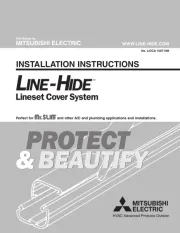
24 Mei 2025
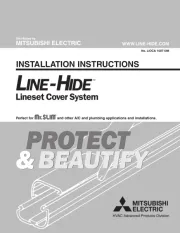
23 Mei 2025
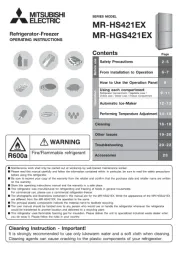
15 Mei 2025
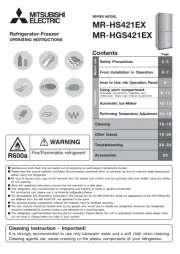
15 Mei 2025
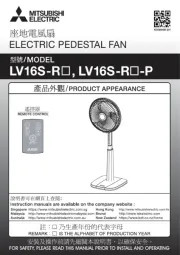
21 Oktober 2024

17 Augustus 2024
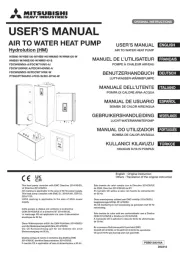
17 Augustus 2024

17 Augustus 2024
Handleiding Niet gecategoriseerd
- Sportime
- Terratec
- Amplicom
- ENS
- Evooch
- DeWalt
- Luxman
- Alpen Kreuzer
- Ekko
- Hailo
- Blaupunkt
- Alluserv
- BZBGear
- Nexibo
- Futurelight
Nieuwste handleidingen voor Niet gecategoriseerd
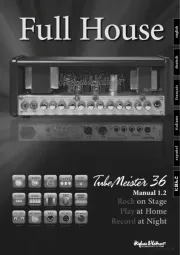
17 September 2025
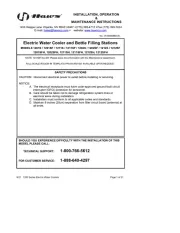
17 September 2025
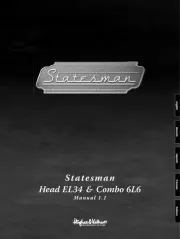
17 September 2025
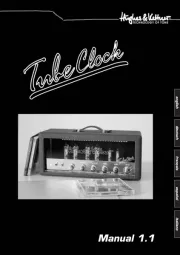
17 September 2025
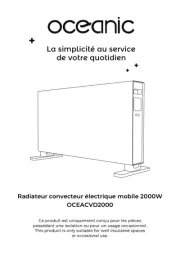
17 September 2025
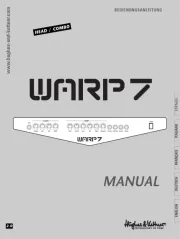
17 September 2025
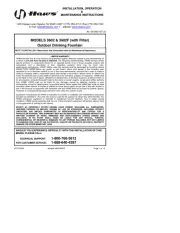
17 September 2025
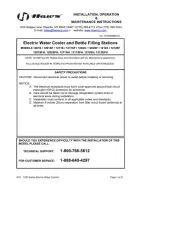
17 September 2025
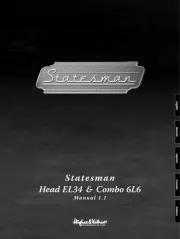
17 September 2025
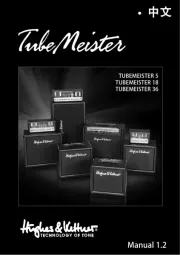
17 September 2025